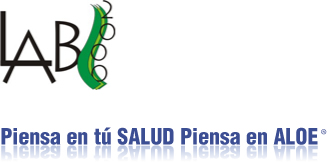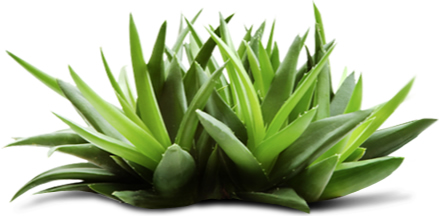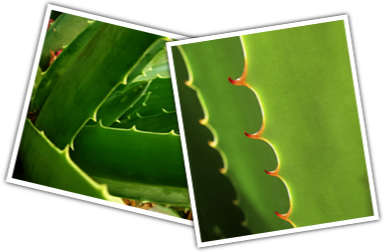
Description
Aloe Vera Linnaeus fam. Liliaceae
CASTILIAN: Zabira, zabila, zabida, zadiba, acíbar, pita zabila, aloe veraENGLISH: aloe
Short stem and pulpy leaves, low in number, curved in the apex and with thorny edges, it has abundant flowers growing downwards. It inhabits in warm, semi-warm, semi-dry, dry and moderate weather areas.
It’s a species of the so called succulent, which means it contains a great amount of juice. And precisely that juice, loaded with extraordinary attributes, is what makes Aloe, the indisputable queen of medicinal plants.
What’s obtained from Aloe? Among over 30 products manufactured at an industrial scale, the main ones are: juices, capsules and gel.
Among all Aloe varieties, only a few possess therapeutic attributes(aloe vera barbadensis, aloe arborescens, ...)This document concerns to Aloe Barbadensis Miller, also known as Aloe Vera(True Aloe), it is the most widely used, and possess a “cocktail” of active molecules which interact in synergy, becoming essential in many diseases prevention, as well as injury treatment and healing.
Aloe is found in semi-desert regions, where rain is scarce and soil moisture is low. It has a complex and efficient small roots web, which quickly absorb moist. It’s inner cellular tissue is soft and spongy, in order to hoard

Opposite to most plants, Aloe has the peculiarity to absorb carbon dioxide during the day and expel oxygen during the night.
It has the appearance of a maguey or agave, and its utilization goes back in time as far as humanity.

